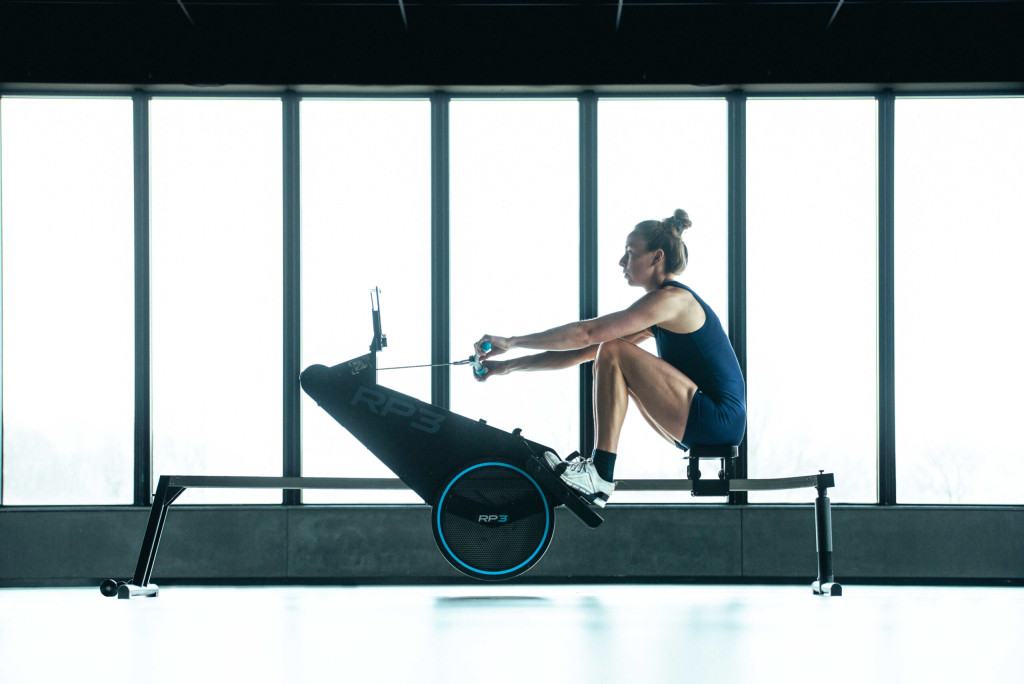Best low-impact cardio options for home
Discover 5 effective low-impact cardio options for home workouts that protect your joints while boosting fitness. Transform your health journey with these sustainable exercises for
Rowing provides a full-body, low-impact workout that can be beneficial for many individuals with joint concerns. With proper technique and appropriate equipment, rowing can strengthen muscles that support the spine and knees while minimizing impact. The dynamic nature of rowing, especially on machines designed with biomechanical safety in mind, can make it an excellent exercise option for those managing joint issues when approached correctly.
For individuals with lumbar spine concerns, rowing can be either therapeutic or potentially problematic, depending largely on technique and equipment. The rowing stroke engages core muscles that support the spine, potentially strengthening the very muscles needed for back health.
The biomechanics of rowing involve a coordinated sequence of leg drive, hip hinge, and arm pull. When performed correctly, this movement pattern distributes force throughout the body rather than concentrating it in the lower back. The key is maintaining a neutral spine position throughout the stroke.
Physical therapy research suggests that dynamic rowing movements can be beneficial for certain back conditions by promoting circulation and controlled mobility. However, this requires proper form—particularly avoiding excessive spinal flexion at the catch position or hyperextension at the finish.
The rowing stroke creates significantly less impact on knee joints compared to activities like running. During rowing, the knee joint moves through a controlled range of motion with distributed resistance rather than experiencing repetitive impact forces.
For many knee conditions, this controlled non-impact movement can be advantageous. The sliding motion of the rowing stroke allows for strengthening the quadriceps and hamstrings—muscles that support knee stability—without the jarring forces associated with weight-bearing exercises.
Research on rowing rehabilitation has shown it can be particularly beneficial for certain knee conditions where controlled movement is therapeutic. However, individuals with severe osteoarthritis or recent knee surgery may need to approach rowing with caution and proper guidance.
The most important technique adjustment for back protection is proper hip hinging. Rather than bending from the waist, focus on tilting the pelvis forward while maintaining a straight back. This distributes force through the powerful leg muscles rather than straining the spine.
Core engagement is essential throughout the rowing stroke. Activating the abdominal muscles provides natural support for the spine, particularly during the drive phase when force production is highest.
Common technique errors that increase back strain include rounding the spine at the catch position, leading with the shoulders instead of the legs during the drive, and overreaching at the catch. Practicing the proper sequence—legs, back, arms on the drive; arms, back, legs on the recovery—ensures optimal movement patterns that protect the spine.
Foot height positioning is crucial for those with joint concerns. Proper placement helps ensure correct body angles throughout the stroke. For back issues, a slightly higher foot position may help maintain better posture at the catch.
Damper settings should generally be kept lower for those with joint concerns. A setting between 3-5 provides adequate resistance while minimizing strain on vulnerable joints. Remember that lower damper settings don’t mean less effective workouts—they simply change the feel of the resistance.
Dynamic rowing machines that move with you can be particularly beneficial for those with joint issues. These designs more closely mimic on-water rowing, allowing the machine to move under you rather than pulling your body weight back and forth, which can reduce stress on both the back and knees.
There’s an important distinction between normal muscle fatigue and harmful pain. Muscle fatigue presents as general tiredness or burning that resolves shortly after exercise, while harmful pain is sharp, shooting, or persists long after your workout ends.
Warning signs that rowing may be causing joint damage include:
If you experience these symptoms, consider modifying your technique, reducing intensity, or consulting with a healthcare professional before continuing your rowing program.
Compared to swimming, rowing offers similar low-impact benefits while providing greater resistance training elements. Both exercises minimize gravity-related joint stress, but rowing may provide superior strength development for the posterior chain muscles.
Relative to cycling, rowing distributes workload across more muscle groups, potentially reducing the concentrated stress on knee joints that can occur with prolonged cycling. However, cycling may be preferable for those with significant lower back sensitivity.
The unique benefit of rowing is its full-body engagement with controlled resistance. Approximately 85% of body muscles are utilized during proper rowing, making it exceptionally efficient while maintaining low joint impact when performed correctly.
Medical clearance is strongly recommended for individuals with diagnosed spine or knee conditions, recent surgeries, or chronic pain issues. Your healthcare provider can offer specific guidance based on your particular condition.
When consulting healthcare providers, seek information about:
Be sure to communicate your complete health history with rowing coaches or trainers. This allows for appropriate modifications and ensures your rowing program is tailored to your specific needs.
Start gradually with shorter, lower-intensity sessions, focusing on technique before increasing duration or power. Consistent practice with proper form is far more beneficial than intense sessions with compromised technique.
Complement your rowing with targeted strengthening exercises for core and joint-supporting muscles. A comprehensive approach to fitness supports long-term joint health beyond the rowing machine.
At RP3 Rowing, we understand the unique challenges faced by individuals with joint concerns. Our dynamic rowing machines were specifically developed to address lower back pain issues that were common with static rowing ergometers. By allowing the machine to move under you—mimicking the true on-water experience—we’ve created equipment that can make rowing more accessible and safer for those managing joint conditions.
With attentive technique, appropriate equipment, and a measured approach, rowing can be not just safe but beneficial for many people managing back or knee concerns. Understanding the science of rowing can help you make informed decisions about how to incorporate this excellent exercise into your fitness regimen.
If you’re interested in learning more about the benefits of rowing, reach out to our team of experts today.
Discover 5 effective low-impact cardio options for home workouts that protect your joints while boosting fitness. Transform your health journey with these sustainable exercises for
Discover 5 effective low-impact exercises that protect your back while maintaining fitness intensity. Learn proper form techniques to strengthen your spine without risking injury.
Discover 5 effective home workouts that build strength without stressing your joints. Learn fluid movement techniques for pain-free exercise that delivers results while protecting your
Discover effective low-impact fitness strategies that build strength and cardio health without damaging your joints. Learn sustainable workout techniques for long-term health and injury prevention.
Discover 5 effective full-body low-impact workouts perfect for beginners that protect your joints while building strength and fitness. Start your sustainable exercise journey today!
Discover how low-impact fitness creates sustainable health benefits without joint pain. Learn 5 full-body workouts that deliver results while preserving your body for decades of
Discover why low-impact workouts deliver powerful fitness results without joint damage. Learn 6 key benefits and find the perfect exercise for sustainable daily fitness that
Discover why low-impact training on recovery days accelerates muscle repair, prevents injuries, and boosts long-term fitness gains. Learn optimal activities and avoid common recovery mistakes.
Discover why rowing machines deliver a complete workout while protecting your joints. Engage 85% of your muscles with zero impact stress—perfect for fitness enthusiasts of
Discover effective low-impact exercises perfect for returning to fitness after breaks or injuries. Learn 5 joint-friendly workouts that rebuild strength while preventing setbacks on your
Discover how rowing uniquely engages 85% of your muscles while enhancing flexibility in one efficient workout. Build strength and mobility simultaneously without stressing your joints.
Discover 5 low-impact routines that challenge your entire body without stressing your joints. Build strength and burn calories while protecting your knees, hips, and spine.
Discover how consistent low-impact activity delivers powerful physical and mental benefits without joint stress. Build fitness, reduce stress, and improve mobility through sustainable daily movement
Discover why rowing machines offer the ultimate low-impact, full-body workout for home fitness. Get 85% muscle engagement with minimal joint stress—perfect for all ages and
Discover how low-impact exercise protects your joints while delivering powerful fitness results. Learn 5 joint-friendly workouts that maintain mobility and prevent pain as you age.
Discover how to build sustainable low-impact fitness habits that protect your joints while delivering exceptional results. Learn proven strategies for lifelong exercise consistency without pain.

We will send you a personal quote as soon as possible.
As soon as the quote is ready, you will receive a link by email to order directly.
